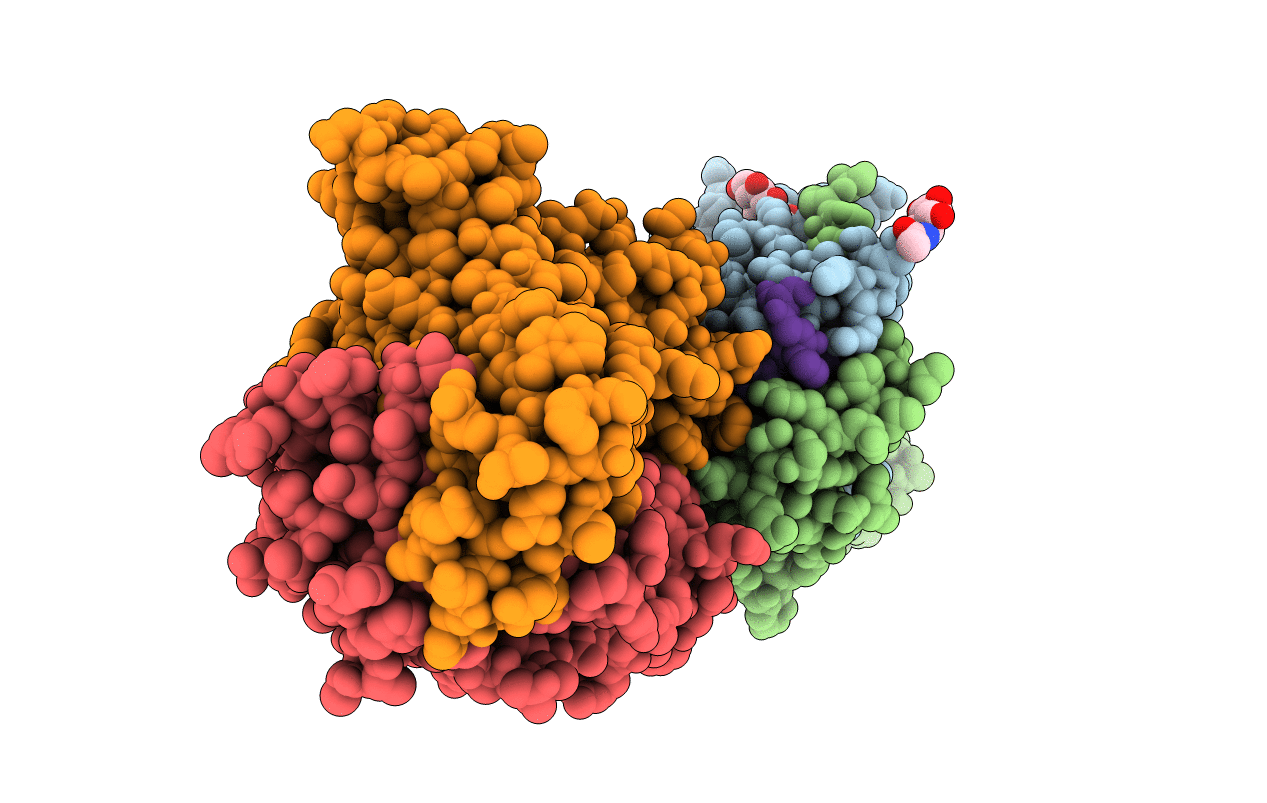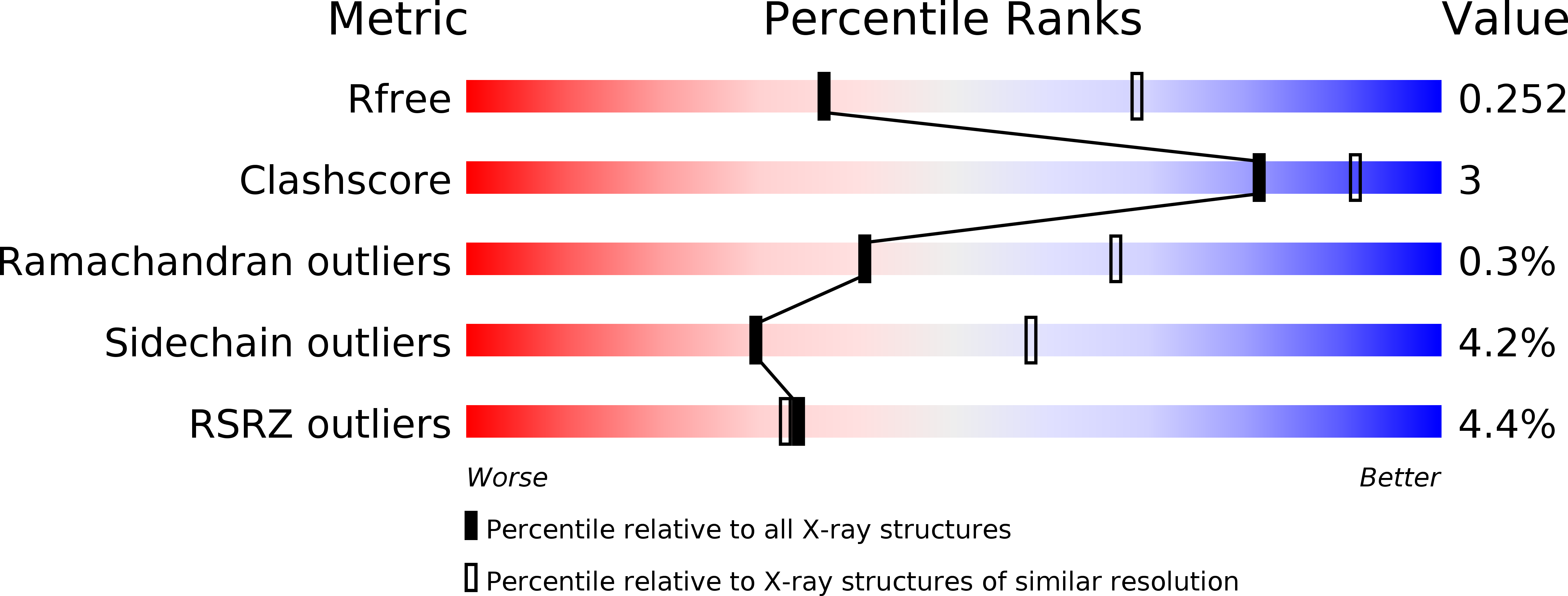
Deposition Date
2014-02-15
Release Date
2014-04-16
Last Version Date
2024-11-20
Entry Detail
Biological Source:
Source Organism:
Homo sapiens (Taxon ID: 9606)
Triticum aestivum (Taxon ID: 4565)
Triticum aestivum (Taxon ID: 4565)
Host Organism:
Method Details:
Experimental Method:
Resolution:
2.70 Å
R-Value Free:
0.23
R-Value Work:
0.18
R-Value Observed:
0.18
Space Group:
C 1 2 1


